Click the blue words
Follow us
In children’s programming education, currently Scratch, Python, and C++ are the three most popular languages. In today’s technologically advanced and AI-driven era, which programming language is the most useful? How to choose the most suitable one for children? What benefits will it bring to children after learning?
Don’t worry, below I will provide an in-depth guide on Scratch, Python, and C++ to help everyone avoid pitfalls in children’s programming!
Programming
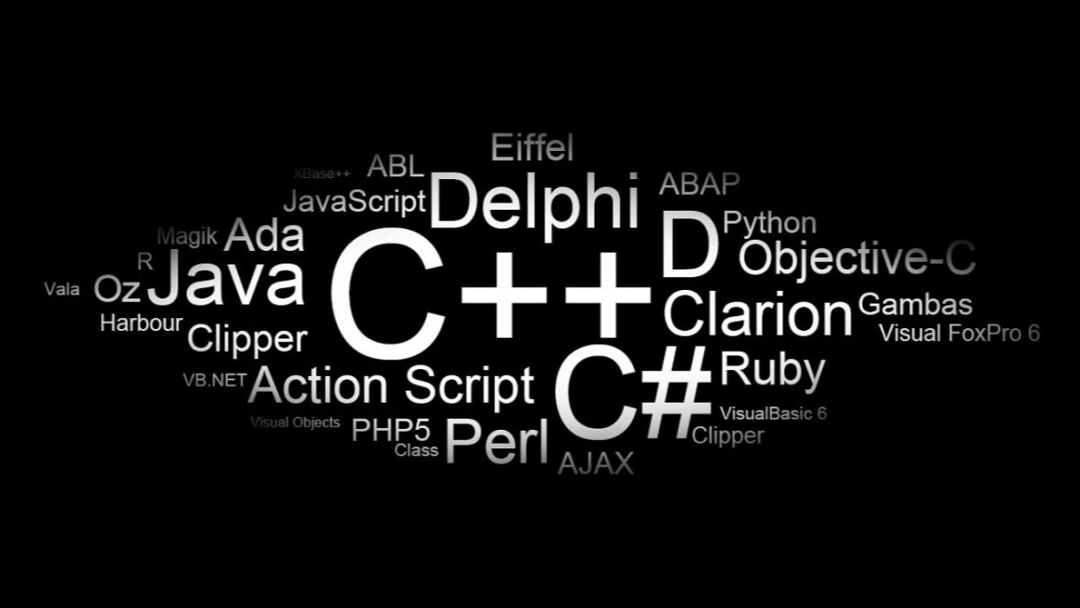
The so-called program is actually a piece of text that tells the central processing unit what to do first, and then what to do next.
A programming language is a formal language used to define computer programs and issue instructions to computers. The description of a programming language can generally be divided into syntax and semantics. Syntax mainly indicates which combinations of symbols or words are correct in the programming language, while semantics refers to the interpretation of the programming.
Programming is the language of communication between humans and computers.
1. Scratch
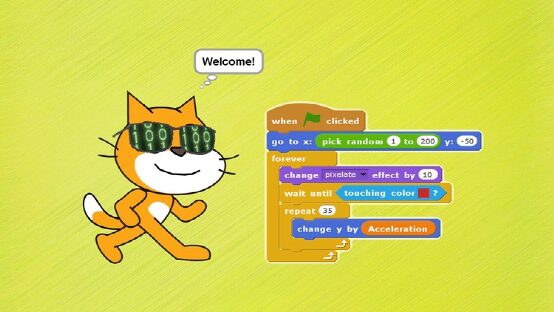
·
1. What is Scratch
Scratch is a graphical programming tool released in 2007 by the “Lifelong Kindergarten Group” at MIT, mainly aimed at young people around the world. It is one of the most well-known graphical programming tools, allowing everyone to create their own programs within the software.
Scratch uses a visual block interface, allowing users to create programs by dragging and combining these blocks. This graphical programming approach makes programming more intuitive and understandable, reducing the difficulty of programming, especially suitable for beginners, children, and teenagers.
·
2. Features of Scratch
Scratch is very much like a game, but from a professional perspective, we explain it as a programming language that can create games, animations, and tools. Children can use it without knowing English words or using a keyboard. They can easily complete programming by stacking blocks, avoiding complex syntax while perfectly preserving programming thinking. Almost all children will instantly like this software and have the desire to create programs.
Compared to code-based programming languages, the programming interface used by children is block-based, without various symbols and syntax, just like LEGO blocks fitting into each other.
Therefore, through Scratch’s graphical interface, children’s interest in programming can be greatly enhanced, as they can see the output of their programming instantly.
·
3. What Can Children Gain from Learning Scratch
① Enhance children’s logical thinking and creativity
Scratch’s graphical programming can help children cultivate programming thinking while analyzing problems and completing programs.
② Cultivate children’s patience and focus
Fun programming and strict programming languages are the best tools for fostering children’s attention to detail and focus.
③ Develop children’s teamwork and project management skills
Children will gradually learn how to communicate and collaborate, and how to utilize team power to solve problems while creating projects in teams. During this process, their teamwork skills will be continuously honed.
④ Foster children’s problem-solving abilities
The basic instructions in the program are in Chinese characters, and to complete a complete program with a beginning and an end, they must integrate and apply knowledge. In this process, children’s ability to integrate information and solve problems will become stronger.
·
4. What Kind of Children Are Suitable for Learning Scratch
This can vary, but it is recommended that children in grades one to three learn Scratch, which is suitable for beginners.
2. Python
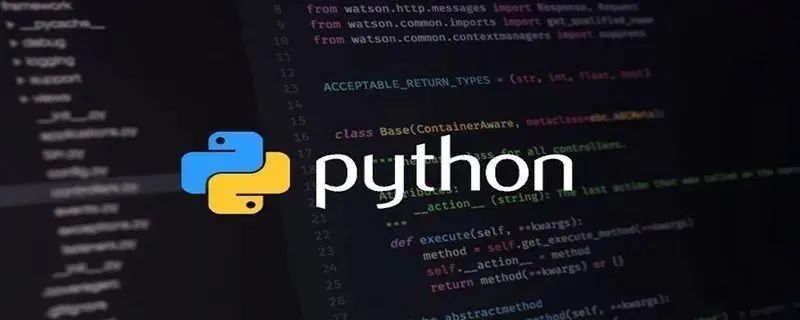
·
1. What is Python
Python was designed in the early 1990s by Guido van Rossum at the Dutch Society for Mathematics and Computer Science as a replacement for a language called ABC. Python provides efficient high-level data structures and simple and effective object-oriented programming. Its syntax and dynamic typing, along with its interpreted nature, make it a popular choice for scripting and rapid application development across various platforms. With continuous updates and new features added, it has gradually been used for standalone, large-scale project development.
Python is a code-based programming language, where all code must be entered character by character. Since Python’s programming statements and functions are based on English, it is necessary to master basic English before learning Python.
Python can be used for desktop applications, mobile development, web backends, game engines, and is now widely used in big data analysis, machine learning, etc. Apart from system-level and hardware-level development and high-performance computing, Python is almost omnipotent.
·
2. Features of Python
① Powerful and numerous modules
Python has many modules that cover almost all common functionalities, from simple string processing to complex 3D graphics rendering, all can be easily accomplished with Python modules. For example, for simple web scraping, you can gather desired information online, or create classic games like Snake or mazes.
② Simple and easy to learn
Python is a programming language that embodies minimalism. Reading a well-formatted piece of Python code is like reading an English paragraph, making it very close to natural human language. It allows you to focus on solving problems rather than figuring out the language itself. Hence, it is often said that Python is a programming language with pseudocode characteristics.
③ Easy to read
Python code is defined more clearly.
④ Easy to maintain
Python’s success lies in the ease of maintaining its source code.
⑤ Extensive standard library
One of Python’s greatest advantages is its rich library, which is cross-platform and compatible across UNIX, Windows, and Macintosh.
⑥ Python is open-source
This means that all users can view the source code.
Python’s open-source nature is reflected in two aspects:
a. The code written by programmers using Python is open-source.
b. The Python interpreter and modules are open-source.
·
3. Benefits of Learning Python
① Learning Python can maintain children’s interest in programming
Python is the most suitable coding language for children to learn, with a concise language and high programming efficiency. After a short exposure, children will become fond of this language and gain a different kind of joy compared to graphical programming.
② Wide application fields and strong practicality
Python’s application directions include programming development, web scraping, data collection/analysis, artificial intelligence, web development, system network maintenance, automation processing, and graphical program development. During the learning process, children will encounter many application scenarios related to intelligent hardware and artificial intelligence, enhancing their interest in programming and attempting to realize their own creations and ideas.
③ Beneficial for children’s future learning and development
With the popularity of Python, it will also benefit children’s future learning and development. For example, some regions have included Python in the middle school information technology examination and college entrance examination elective subjects. Meanwhile, learning Python can cultivate children’s logical thinking abilities and improve their problem-solving skills, thereby enhancing their overall competitiveness in academics or future employment.
·
4. What Kind of Children Are Suitable for Learning Python
Since learning Python requires some basic knowledge of English, it is slightly more difficult than learning Scratch, so it is recommended for children in grades four to five to start learning Python.

3. C++
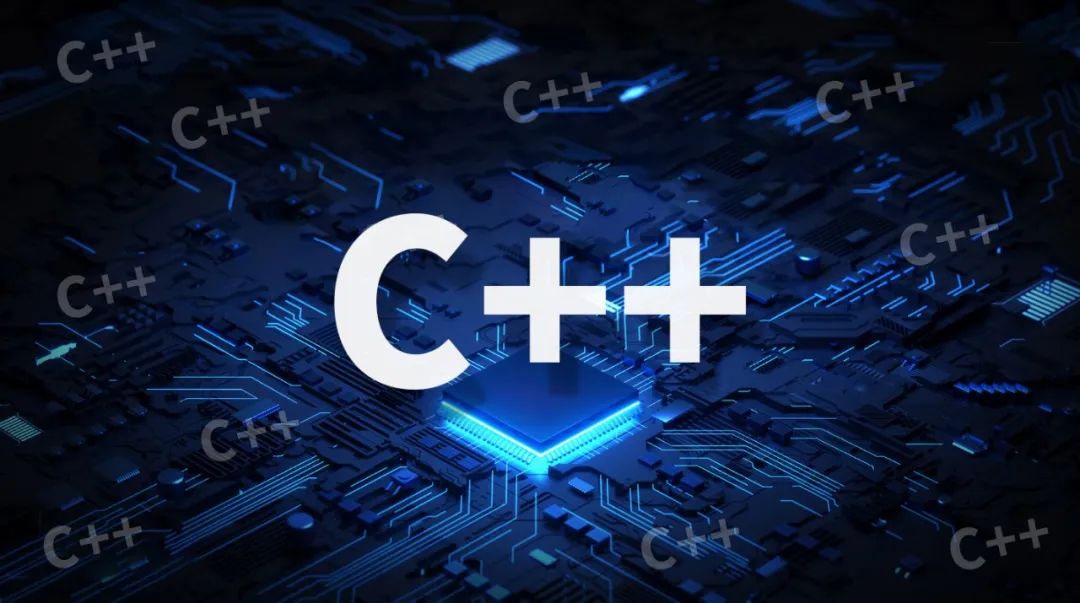
·
1. What is C++
C++ (C plus plus) is a high-level programming language developed from C language, first developed in 1979 by Bjarne Stroustrup at AT&T Bell Labs.
C++ can perform procedural programming like C, as well as object-oriented programming characterized by abstract data types, and can also perform object-oriented programming characterized by inheritance and polymorphism. C++ excels in object-oriented programming while also supporting procedural programming.
C++ can create almost any type of program: games, device drivers, HPC, cloud, desktop, embedded, and mobile applications, etc. Even libraries and compilers for other programming languages are written in C++.
·
2. Features of C++
① Compatible with C language
C++ is fully compatible with C language, so most of the content written in C can be directly used in C++ programming without modification.
② Hybrid programming language
C++ can be used for both procedural and object-oriented programming, making it a powerful hybrid programming language. C++ has fundamental advantages in areas such as system programming, embedded programming, numerical scientific computing, general-purpose programming, and hybrid system design, etc.
③ Flexibility of C++ language
C++ is flexible, with rich data structure operators and structured control statements, and high execution efficiency.
·
3. Benefits of Learning C++
① C++ is suitable for competitions
C++ is fully compatible with C language and can utilize the standard template library, greatly facilitating programming design. Moreover, using C++ in competitions does not require participants to learn the entire C++ language, making it suitable for young students. The official language for the Informatics Olympiad is C++.
② C++ helps cultivate computational thinking
C++ can cultivate children’s thinking abilities and develop new ways of thinking. The C++ curriculum requires learning combinatorial mathematics, basic algorithms of graph theory, data structures, search algorithms, and mathematical modeling, which can deepen students’ understanding of mathematics and enhance children’s logical thinking, which in turn helps them learn other subjects better.
·
4. What Kind of Children Are Suitable for Learning C++
C++ is more difficult than Scratch and Python, so it requires systematic learning. It is generally recommended for children in grades five to six or first-year middle school to start learning C++. In advanced programming stages, C++ is often used, which is very helpful in cultivating children’s coding abilities. In the long run, for those who want to pursue competitions, C++ is essential.
Is there a learning sequence for programming languages?
In summary, Python and C++ are both powerful, but Scratch can expand children’s programming logical thinking.
If the goal is purely to cultivate interest and have a hobby, then learning Scratch, Python, or C++ can all be suitable. However, if you want to cultivate interest while enhancing thinking capabilities and also aim for the Informatics Olympiad, then you can go directly to C++.
However, the C++ used in the Informatics Olympiad that middle and primary school students are exposed to is very different from the C++ used in the industry.
The C++ used in the Informatics Olympiad removes the object-oriented part. The complexity of C++ lies in its object-oriented features. The C++ knowledge used in the Olympiad is essentially C language plus the standard template library from C++. Therefore, the C++ in the Olympiad is not that difficult. The challenge in the Olympiad does not lie in the C++ language itself, but in the algorithms.
What is the relationship between algorithms and C++? It’s like writing an essay; the language we usually use is Chinese or English, while C++ can be understood as the language for writing essays. Language is just a tool; just as any tool can express the thoughts of an essay, algorithms can also be expressed in any programming language, such as C++, Python, Java, Scratch, etc. However, C++ is often used in various algorithm competitions (including the Informatics Olympiad) due to its fast execution speed, lower-level hardware orientation, and the advantages it provides for children to build a foundation. In some competitions, it may even be the only designated language.
From a learning perspective, Scratch has the lowest requirements, and there is not much difference in difficulty between Python and C++ before learning algorithms. Children with a foundation in mathematics will find it easier to accept, but learning C++ will also integrate a lot of mathematical knowledge, which will improve their performance in science subjects.
Therefore, it is not necessary to learn Scratch and Python before learning C++. If you want to learn all three languages according to your preference, the recommended learning sequence from beginner to advanced is Scratch → Python → C++.
Source | Transferred from the internet
Statement | Except for original articles from the Bojia Robot Club headquarters, all articles shared and reprinted online are for the purpose of promoting children’s programming education in China, only for learning and exchange, not for commercial use. Sources will be indicated. If the original authors of the articles or photos have objections, please contact customer service for quick processing or deletion. Thank you for your support.